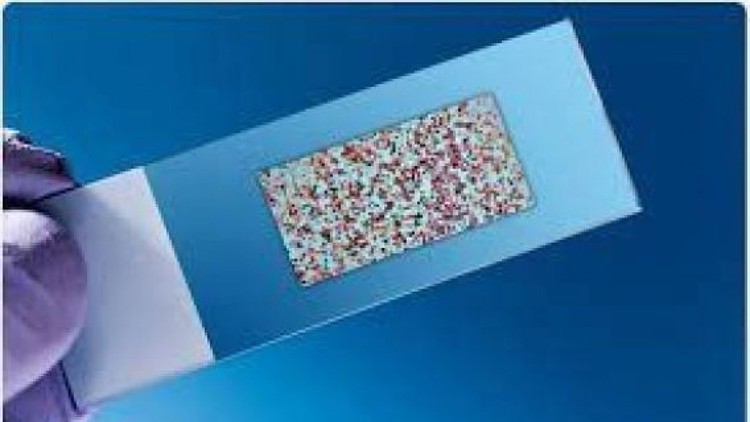
RStudio
What you will learn
Basics of R. By this course you can have good attachment with R.
How to import data and set the directory for data?
How to install packages from Bioconductor?
Analyze differential expression (DE) between the tissues.
Perform quality control and normalization.
Description
You want to be a professional in the field of Bioinformatics by R. If you don’t know how to use R on data problems and what ways of its uses, then this course will be beneficial for you. R is an emerging part of Bioinformatics. There are many sources to learn R and R have a sharp learning curve and often students get fed up by some things which look complicated. You should do practice it’s for the best experience.
This course is actually introducing R and elaborating R for Biomedical data. After this course, you will be able to do a complete analysis of biomedical data. After this, you can read the code according to your needs.
In this course, you will learn analysis for differential gene expression by Affymetrix Microarray and how to use R and RStudio for Bioinformatics. Code of this course will help you to do analysis and Slides will help you in the understanding of Microarray analysis. You will be able to know the PCA, box plot graphs, histograms, and heat map.
In summary, this course has been designed for all skill levels and even if you have no programming or statistical background you will be successful in this course!